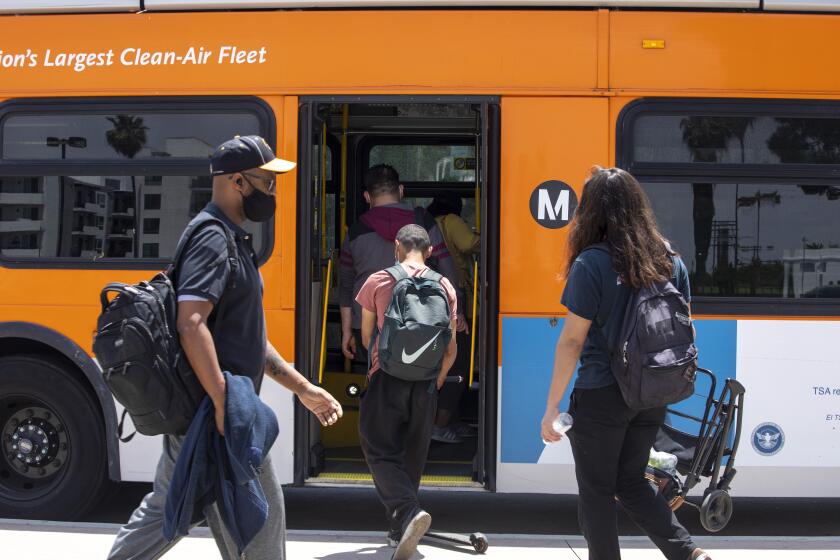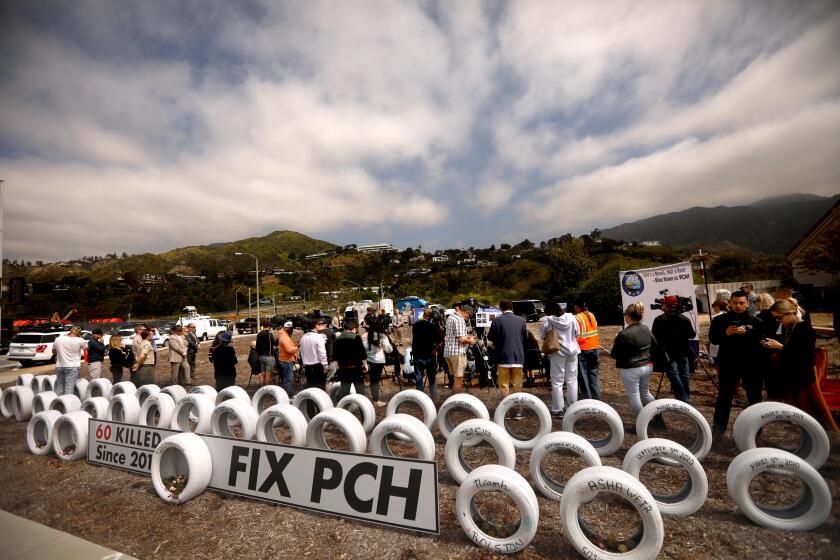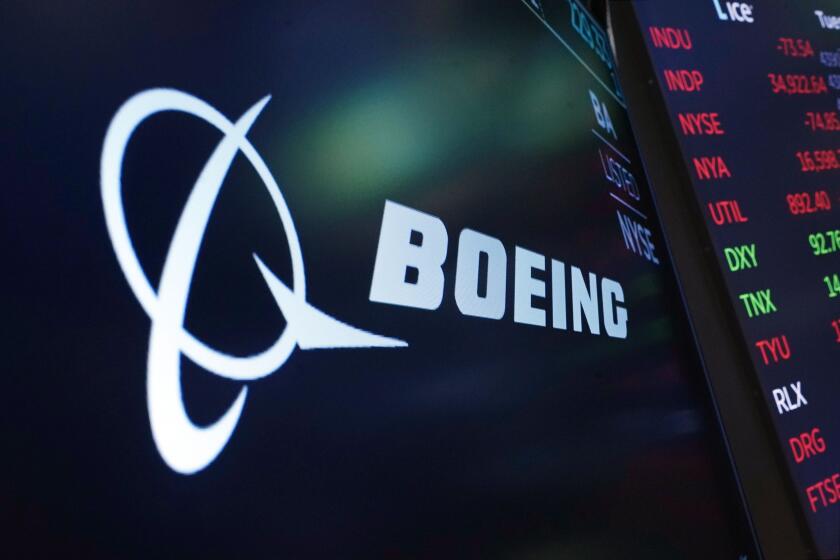Forgotten Promise
For some time experts have largely agreed on what needs to be done to make the government-run air-traffic-control system more capable of preventing jetliners and other aircraft from running into each other. But safety improvements cost money, and the Reagan Administration continues to put the cosmetics of restraining budget deficits ahead of safety for air travelers.
It is clear, from the interviews conducted by Times staff writer Eric Malnic with officials of the Federal Aviation Administration, air-traffic controllers and radar and radio maintenance personnel that the FAA must do four things to fulfill its responsibilities for avoidance of air collisions.
Accelerated development and use of a collision-avoidance system that would warn pilots when they are on a collision course with other aircraft is one obvious necessity. But even if such a system were available today, it wouldn’t remove the need for three other steps.
The first, and probably the most important, is to accelerate replacement of the antiquated equipment used by air-traffic controllers. Another is to employ enough maintenance personnel to avoid equipment breakdowns through preventive maintenance. The third is to accelerate the hiring and training of additional air-traffic controllers to alleviate today’s overwork and stress.
It is unnerving to read that the computerized radar equipment in the densely traveled air space of Southern California dates from the 1960s and 1970s. Outages occur frequently. And, even when the equipment is functioning, radar scopes do not always present an accurate picture of which airplanes are where in a controller’s assigned area.
At a time when air traffic is heavier than ever, the FAA is making do with fewer maintenance people and controllers than before President Reagan took office.
The FAA has a modernization plan that calls for replacing most of the existing equipment with solid-state systems that will be much more reliable and do their job better. But implementation of the program is far behind schedule because of the reluctance of the Administration--and many in Congress--to use money from the Aviation Trust Fund, which is financed by taxes on aviation fuel and airline tickets. That fund has a surplus of at least $5 billion of money not spent in order to make the budget deficit appear that much smaller.
During his 1980 campaign, Ronald Reagan charged that obsolete equipment and overworked controllers placed air travelers in “unwarranted danger.” It was true then, and it is even more true now. But, once in the White House, Reagan forgot his campaign promise to do something about it.






